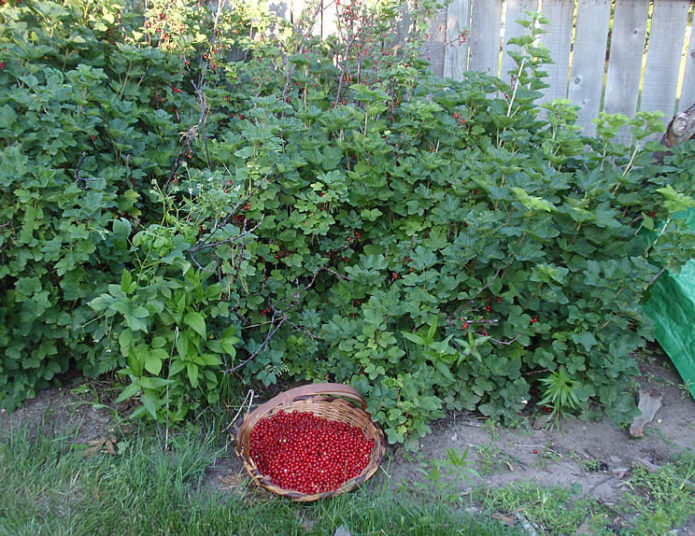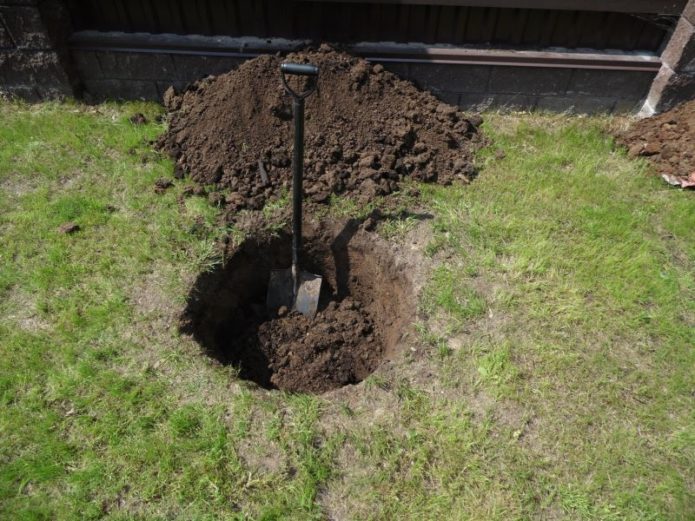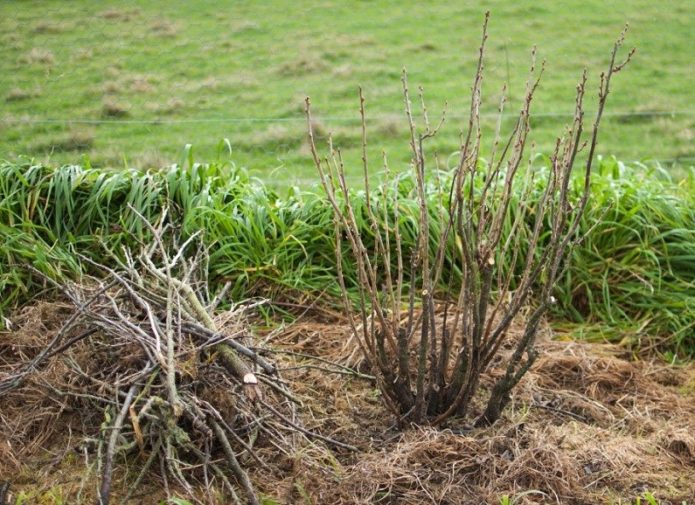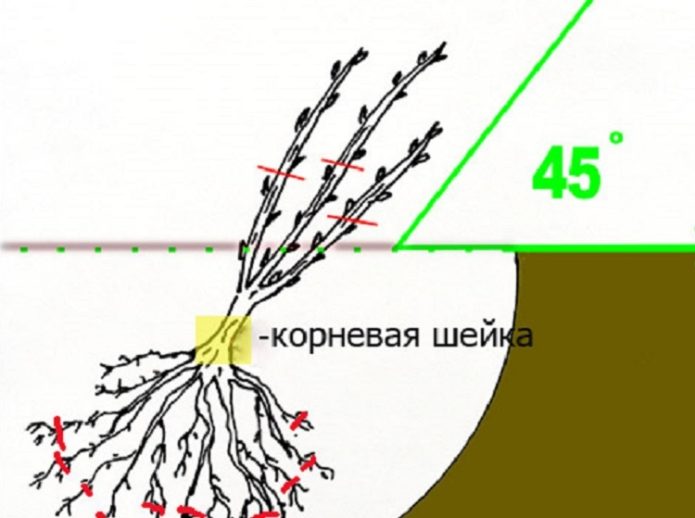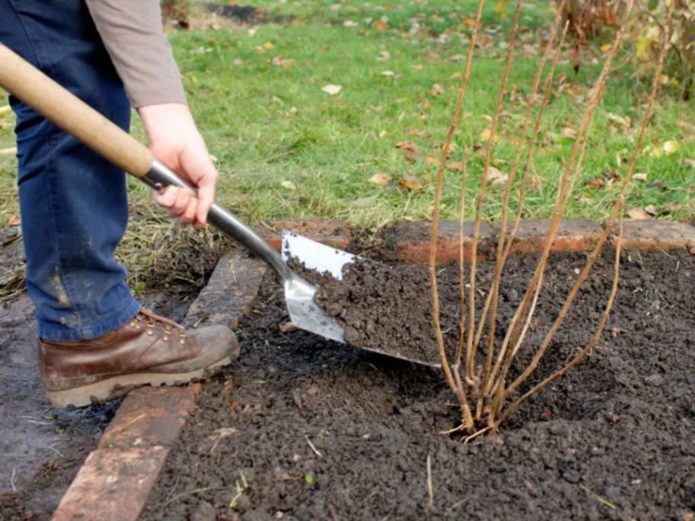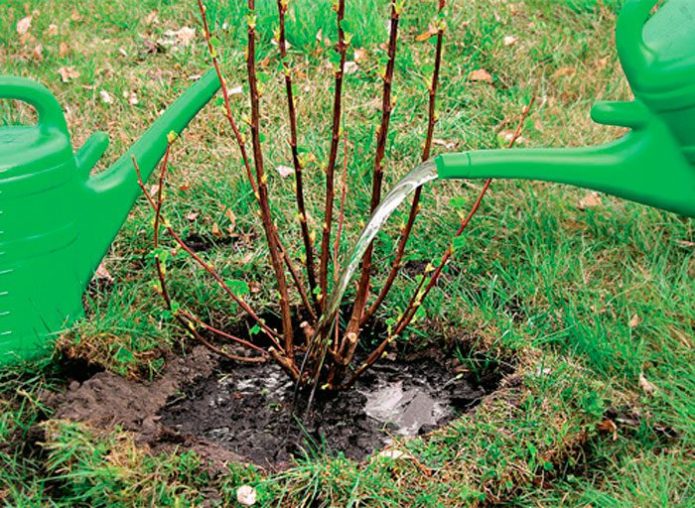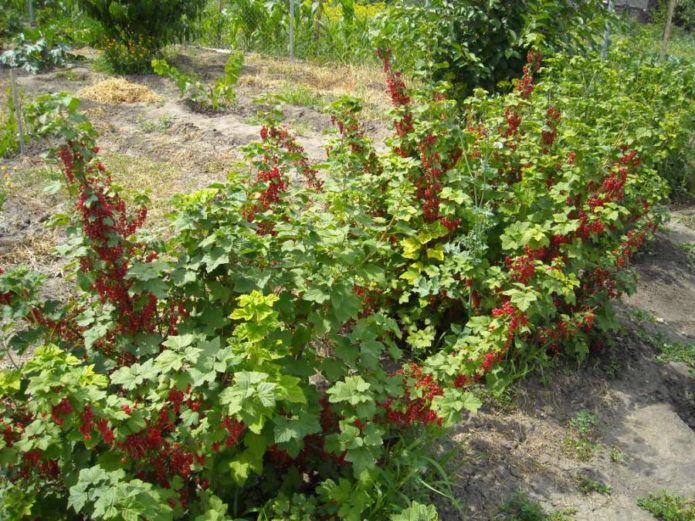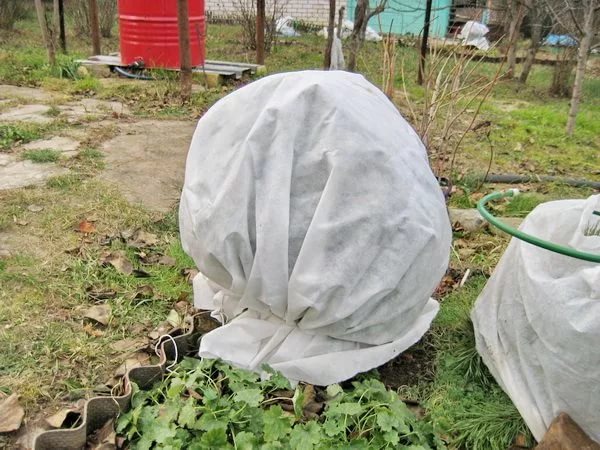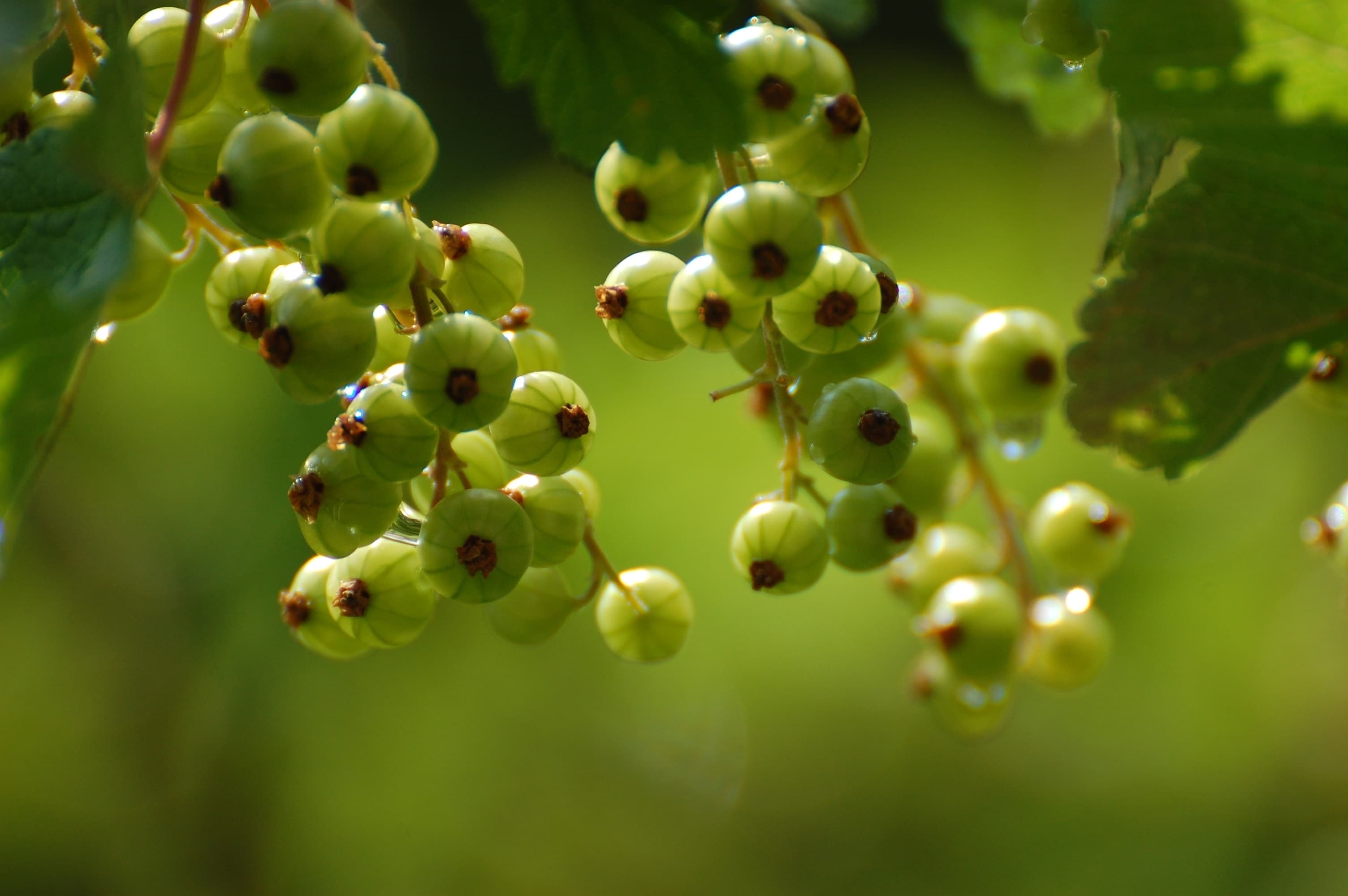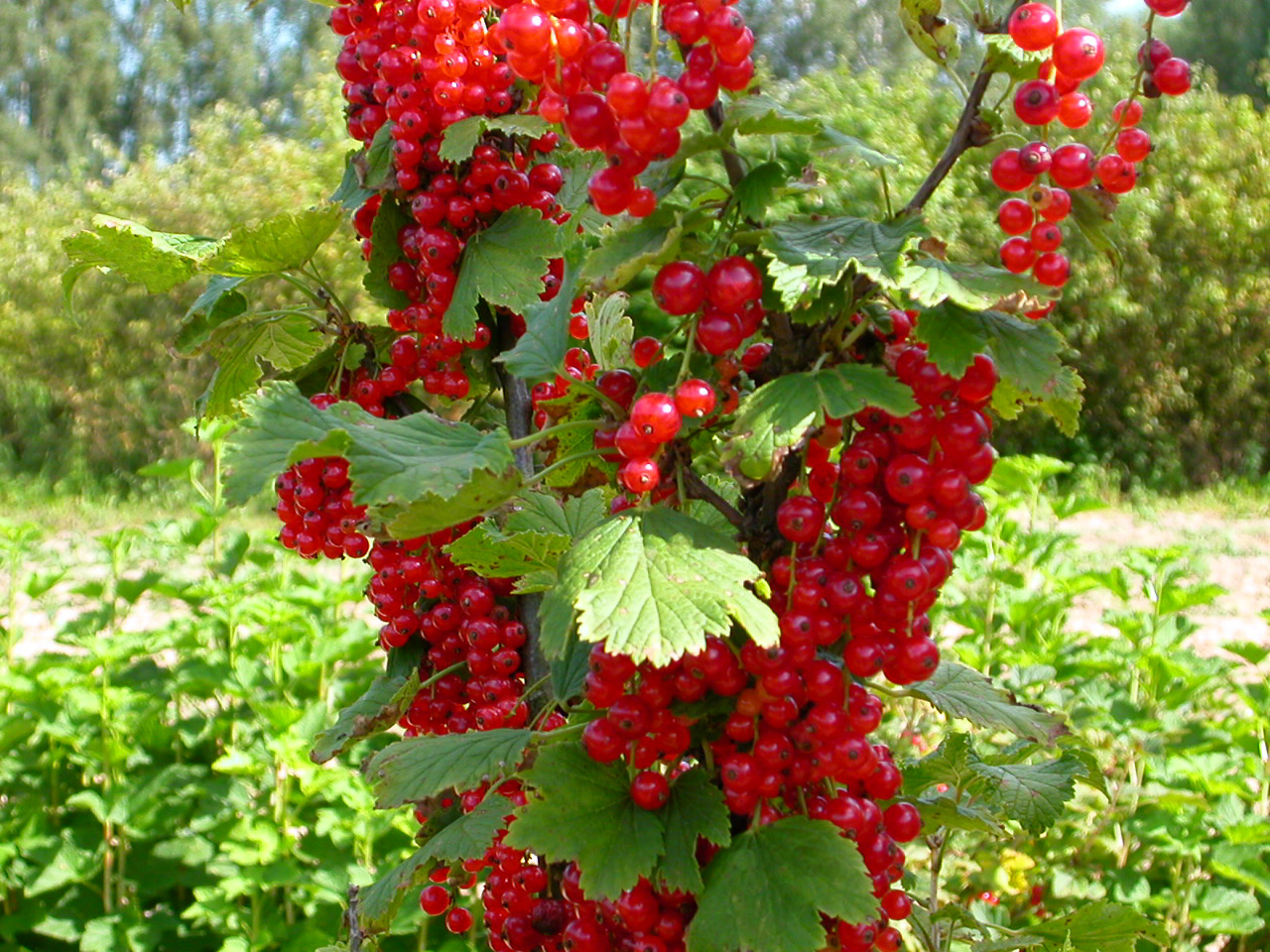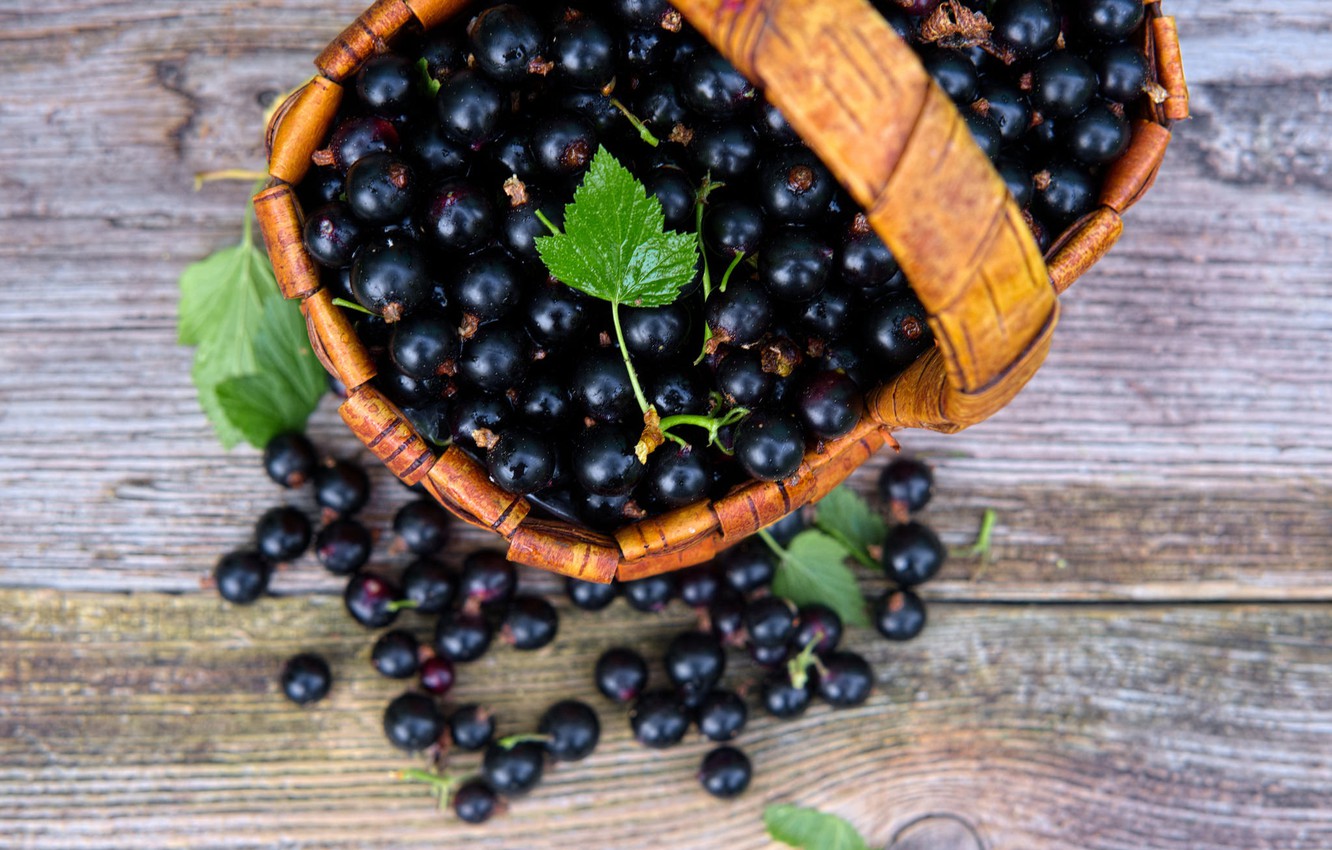Currant is a frequent visitor to summer cottages. Sometimes it happens that the place where it is planted is not the best. There are other reasons why you need to transplant an adult bush. It is not difficult to do this, but you need to choose the right time, place and carry out the operation itself.
Content
Transplanting currants to a new location
As a rule, it is easy to transplant a young bush (2-3 years old). There is no point in replanting an old one that is more than 10–12 years old; in this case, a small piece can be separated from the bush and planted in a new place. In other cases, you need to work hard. There are several reasons why you have to resort to transplanting currants:
- redevelopment of the site;
- an error in the initial choice of the location of the bush;
- depletion of the soil;
- thickened planting in the case of several bushes;
- lack of sunlight;
- frequent freezing of currants;
- a very overgrown bush, resting against a fence or neighboring plants.
In any case, for an adult bush, a transplant is a stressful situation, therefore, they resort to it only when urgently needed: even with the correct procedure, the currant will hurt for some time. They try to transplant during a period of relative rest: in early spring, when the buds are in a dormant state, or in late autumn, when the bush is already without leaves. Summer transplant is the most painful and highly undesirable.
Technology, timing and scheme of planting red currants:https://flowers.bigbadmole.com/en/yagody/smorodina/posadka-krasnoy-smorodiny.html
Planting pit preparation
In order not to be mistaken a second time, you should responsibly approach the choice of the location of the bush when transplanting. Currant preferences in this sense depend on its variety. So, the most cold-resistant is black currant, it is also the least capricious to growing conditions. She loves areas that are always humid, but there is no obvious stagnation of water. Red currants and all its varieties tolerate drought better, and slightly elevated, well-lit areas are well suited for them.
Any currant needs protection from cold winds and winter shelter with snow, so it feels good near discontinuous fences or tree plantations. The composition of the soil can be any, but optimally - medium loam or sandy loam, well cultivated and fertilized. The soil should have a reaction of the environment close to neutral; acidic soils lime. Careful removal of all perennial weeds is carried out in advance: later it will be more difficult to do this.
If there is a margin of time, the selected area is completely dug in advance at least to the depth of the shovel bayonet, introducing the usual doses of fertilizers (a bucket of manure, a liter can of ash and 150 g of azofoska per 1 m2). It is even better if well before autumn planting of currants on this place green manures will be sown with their subsequent burying in the soil.When preparing planting holes, approximately the same doses of fertilizers are additionally introduced into them.
If the currant transplant is planned for the spring, then the pits are prepared in the fall, if in the fall - no later than 2-3 weeks before the transplant. The pit parameters depend on the size of the transplanted bush: it can be assessed along the periphery of the branches. The bush will have to be dug out, if possible, with a clod of earth, trying to injure the root system as little as possible. Therefore, the length and width of the pit should be at least 20 cm longer than the corresponding parameters of the bush. The depth, in the case of a 2-3-year-old plant, is at least 60 cm. And for a 6-8-year-old currant bush, these values may be even greater.
If several bushes are transplanted at the same time, the distance between the centers of the holes should be maintained at least 1.5 m.
The technology of digging holes is usual: the upper fertile soil layer is folded into one pile, the lower one - into another, after which it is taken out from the site. Fertilizers are added to the fertile part, thoroughly mixing them with the ground. (It is better to leave at least half a bucket of soil without fertilizers, for backfilling the roots when transplanting a bush). If manure is used, it should not be fresh.
The soil with fertilizers is poured into the pit and watered with 2-3 buckets of water. Do I need to fill the hole to the top? This does not make sense: perhaps during transplanting, you will also have to get some amount of the mixture out of the pit: after all, they strive to transplant any bushes with an earthen clod!
Preparing a bush for transplanting
The easiest way is to transplant a young bush, in which all the shoots, if properly cared for, are full-fledged, they should be preserved. Only in the presence of clearly thickening or diseased branches should they be cut. Pruning before autumn transplantation is carried out in early spring or, conversely, 2-3 weeks before digging a bush, before spring it is advisable to do this in autumn.
When pruning adult bushes, one must take into account the age of the existing branches: they are most productive no more than five years, so everything that is older can be safely cut out along with the weak, broken, growing in an unnecessary direction, etc. Most branches should be shortened, leaving about half a meter. If you do not carry out serious pruning, the bush in a new place may not have enough food: after all, when digging, no matter how hard you try, many roots will be lost.
Distinctive features in planting black, red and golden currants:https://flowers.bigbadmole.com/en/yagody/smorodina/posadka-smorodinyi-vesnoy.html
The bush is dug in from all sides, stepping back from the crown projection another 10-15 cm: no further, the roots of the currant do not spread very far in breadth. Digging should be carried out slowly: the more the roots can be preserved, the better. In the depth under the bush, you need to walk with a shovel at least up to 40 cm. After that, they try to remove the bush from the ground along with a lump of earth. This should be done together: the more soil remains on the roots, the better. The bush is placed on a tarp or burlap and transported to a new location. Only the youngest bushes can be dug up without an earthen coma: they will most likely take root anyway.
If broken off roots stick out of the earthen coma, they must be cut off with a sharp pruner. If diseased or decaying roots are found, they are pruned to healthy areas, possibly removing the soil in the process. In this case, before planting, the roots are disinfected by placing the bush in a large container with a pink solution of potassium permanganate for 15–20 minutes.
Video: digging currant bushes
Planting a bush in a prepared hole
Depending on whether it was possible to extract a bush with a clod of earth or not, the planting is carried out slightly differently. If a bush with bare roots is in the hands, its planting is practically no different from planting a young seedling:
- A mound is formed in the planting pit, watered well and a dug bush is placed on it.The roots are distributed over the surface of the mound evenly, preventing them from crossing and bending unnaturally. They try to make sure that the root collar is several centimeters below ground level.
- Little by little, the roots are covered with clean, fertile soil left after digging a hole. It is possible to use soil with fertilizers for this, but it is not worth it: manure and saltpeter can burn young and trimmed roots. We must try not to leave empty, unsheltered areas, for which the bush is periodically shaken.
- The earth is tamped by hand, then by foot, filling it in the required amount. A side is formed so that the irrigation water does not leak.
- Water the bush, spending at least two buckets of water. The hole is mulched with peat or dry leaves, after which another 1-2 buckets of water are poured. If there is no rain, watering is repeated every other day for 2 weeks.
If the bush was dug up with a clod of earth, everything is easier. The lump is placed in a prepared hole so that the bush is at the same depth as before transplanting, or 2-3 cm lower. All the free space in the pit is covered with fertile soil, after which the bush is well watered and the hole is mulched. Repeat watering as needed.
Video: planting currants in a new place
Transplanted bush care
After transplanting currants, in addition to frequent watering, soaking the ground to a depth of 50-60 cm, other simple measures are required. After watering, you need to loosen the soil, ensuring proper air exchange. At the shoots themselves, the loosening depth is no more than 5 cm, to the edges of the planting hole - three times more. Weed control is also imperative.
If the transplant was carried out in the spring, watering continues after the expiration of the two-week period. The weather signals their need and the condition of the soil indicates: an earthen lump taken from a bush in a fist should not crumble when unclenching a fist. If they were transplanted in the fall, then, as a rule, after the quarantine time, the rains already begin, and there is no heat either, so rare watering is needed.
Top dressing in the first year is not needed, but spraying against diseases and pests may be required: after transplantation, the bush is weakened, and due to reduced immunity, it can easily pick up the sore. Therefore, the currants are constantly monitored, and, if necessary, they use certain fungicides (from fungal diseases) or insecticides (in case of pests).
How to deal with diseases and pests of currants and how to carry out prevention:https://flowers.bigbadmole.com/en/yagody/smorodina/bolezni-smorodinyi-opisanie-s-fotografiyami-i-sposobyi-lecheniya.html
Regardless of the transplant period, the bushes in the first year are carefully prepared for winter. To do this, remove all plant residues, add a mulching layer of peat or foliage to a height of 15–20 cm and, regardless of the state of the bush, carry out preventive spraying with 1% Bordeaux liquid. It is useful to spread coniferous spruce branches on top of the mulching layer, and in order for the bush to cover itself with snow faster and more reliably, lightly tie its branches into a free bundle with twine. As soon as the first snow falls, if possible, shove it to the bush.
Features of transplanting varieties of currants
The technique of digging bushes of any varieties of currants is the same, but the choice of a new place, as well as the planting itself, are somewhat different. So, between the bushes of red (and white) currants, you can leave slightly smaller distances than in the case of black: they grow weaker to the sides. Black currants can grow well in partial shade, but red and all its varieties must be planted in the sun.
Red currants have more powerful roots, which, in particular, explains the lower need for moisture. But in this regard, the landing pit is digging ten centimeters more spacious in all directions. With the transplantation of red currants in the spring, the situation is simpler: her buds wake up 10-15 days later than in black. In this regard, there is more time for the procedure; there is no need to rush to work with very wet soil after winter.
When transplanting black currants, you need to pour much more water under the bush: even if it seems that a whole swamp has already been created, it is good for a newly transplanted black currant. Red currants do not tolerate excess water. And if in the first weeks watering should also be abundant, then to eliminate possible waterlogging in the future, a drainage layer is often placed on the bottom of the pit, especially in those areas where it rains frequently.
Features of transplanting currants in different seasons
It is believed that the optimal time for transplanting currants is autumn: after all, it is easier to work with the land than in early spring. With a spring transplant, work should be started as soon as the ground thaws, and the temperature slightly exceeds positive values. Swollen kidneys are a signal that, perhaps, time has already been lost, and it is better to postpone the transplant until autumn. Moreover, it is impossible to transplant currants, which have already appeared buds: the probability of survival of such a bush is close to zero.
In the spring, it is better to transplant young bushes, no more than three years old, and older ones only in the fall. Spring transplantation is good in that the soil will mainly be on the roots, its shedding is less than in autumn. To make rooting easier, the water for watering the transplanted bush should be slightly warmed up (up to 15-20 degrees), despite the low ambient temperature. Most likely, a bush transplanted in spring will hardly bear fruit: it will not have enough strength for this, and the flowers will be dropped.
Autumn transplantation is carried out at the latest, after leaf fall, when frosts are already frequent, but stable negative temperatures have not yet come. Depending on the terrain, this can be both the end of October and the beginning of November, and in the north even earlier: about 3 weeks should remain before the onset of real frosts. Being late is fraught with the fact that the bush will not have time to take root, and with early planting, the buds may wake up.
Bushes transplanted in the fall must be covered for the winter. It can be several buckets of compost or even non-woven materials, and in the coldest places - roofing material. When constructing a shelter, one should take into account the possibility of damage to currants by rodents and decompose poisoned baits.
Is it possible to transplant currants in the summer? It is very undesirable to do this, but in extreme cases, young bushes are still transplanted. A summer transplant is necessarily carried out with a large clod of earth. Watering currants in a new place is carried out often and abundantly. If there were berries on it, they should be cut off, at whatever stage this happens: the bush will not have the strength to bear fruit. Almost without problems in the summer, you can only plant seedlings with a closed root system, which are sold in special containers.
Transplanting adult currant bushes to a new place is always stress for the plant, but if it is carried out on time and correctly, the success of engraftment is almost guaranteed. This should be done during a period of relative rest, carefully, and after transplanting, pay maximum attention to the bushes.
